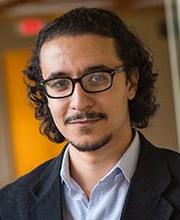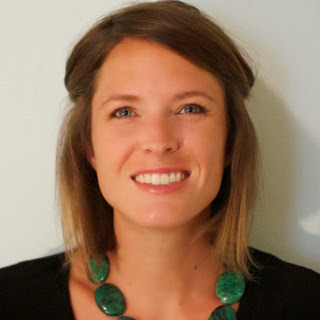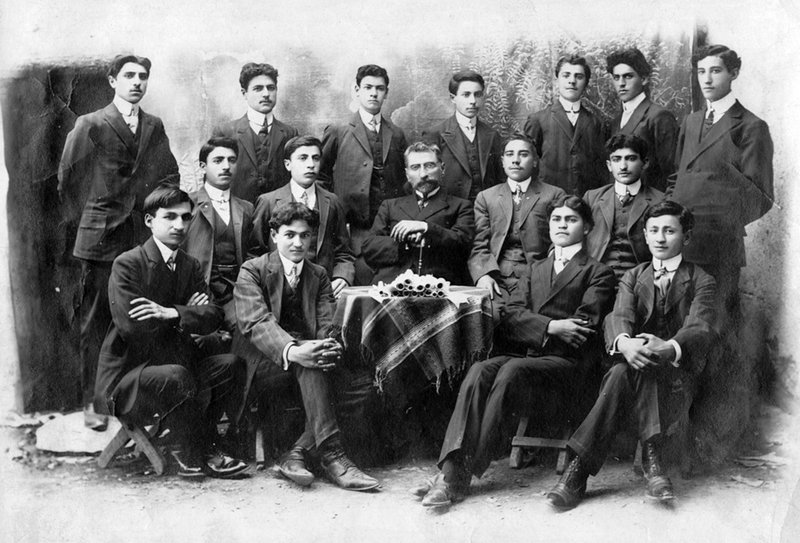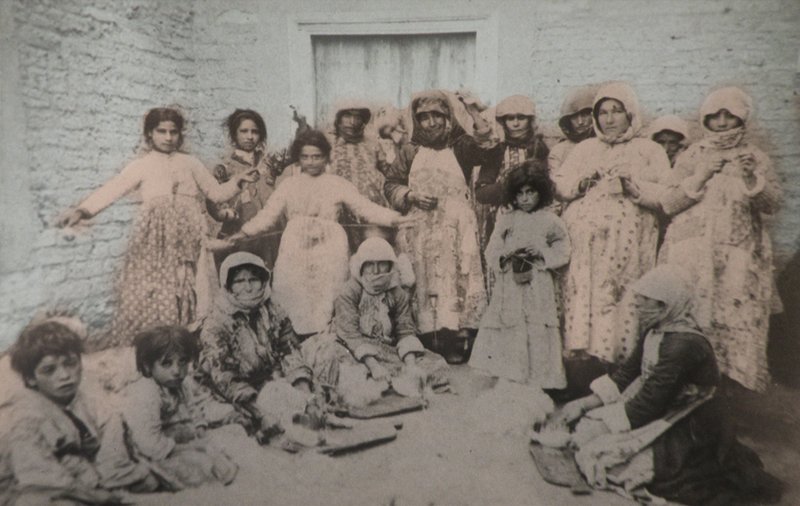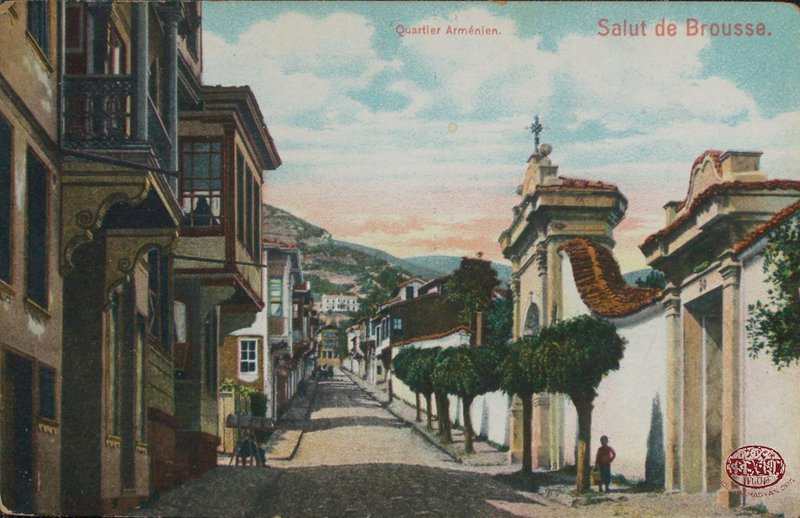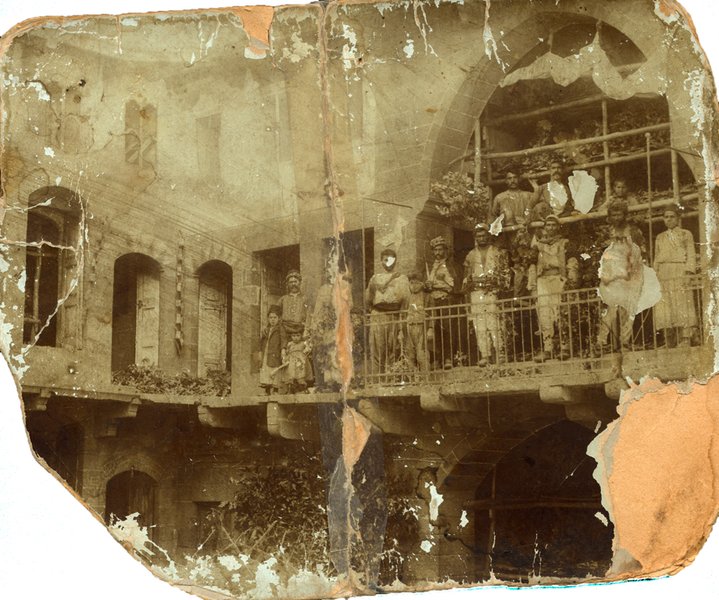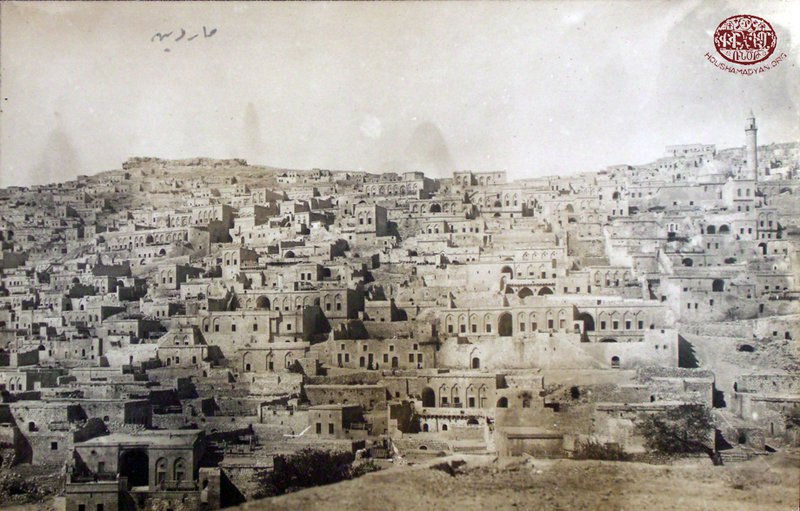E190 | For more than a century, waves of Armenian migrants have come to the United States variously seeking economic opportunity or fleeing political violence and persecution. In this episode, Susanna Ferguson sits down with David Gutman to discuss his research on the origins of Armenian migration to the United States and elsewhere during the late Ottoman period, and they explore how shifts in migration patterns reflected the broader political shifts in the empire during its last decades.
 | David Gutman is an Assistant Professor at Manhattanville College in Purchase, NY. He completed his PhD at Binghamton University with a dissertation titled, "Sojourners, Smugglers, and the State: Transhemispheric Migration Flows and the Politics of Mobility in Eastern Anatolia, 1888-1908." His research interests include the politics of migration and migration control, the intersection of mobility and citizenship, social and political history of Ottoman peripheries, and Ottoman Armenians in the last decades of empire. (academia.edu) |
 | Susanna Ferguson is a PhD candidate in Middle Eastern History at Columbia University, where she focuses on the history of women and gender in the Arab world during the late 19th and early 20th centuries. (academia.edu) |
Listeners might also like:
#052Ottoman Migration from the Eastern Mediterranean | Andrew Arsan
#172Migrant Workers in Ottoman Anatolia | Chris Gratien
#161Reconstituting the Stuff of the Nation | Lerna Ekmekçioğlu
#174The Life of Zabel Yessayan | Jennifer Manoukian
#187Kurdish Alevi Music and Migration | Ozan Aksoy
SELECT BIBLIOGRAPHY
Akçam, Taner and Ümit Kurt. Kanunların Ruhu: Emval-i Metruke Kanunlarında Soykırımın İzini Sürmek. (Istanbul, 2012).
Der Matossian, Bedross. Shattered Dreams of Revolution: From Liberty to Violence in the Late Ottoman Empire. Stanford, CA: Stanford University Press, 2014.
Gutman, David. “Agents of Mobility: Migrant Smuggling Networks, Transhemispheric Migration, and Time-Space Compression in Ottoman Anatolia, 1888-1908.” Interdisciplines, 1 (2012), pp. 48-84.
Gutman, David. “Armenian Migration to North America, State Power, and Local Politics in the Late Ottoman Empire.” Comparative Studies of South Asia, Africa, and the Middle East. Vol 34, No. 1 (forthcoming, Spring 2014).
Khater, Akram Fouad. Inventing Home: Emigration, Gender, and the Middle Class in Lebanon, 1870-1920. (Berkeley, 2001).
Mirak, Robert. Torn Between Two Lands: Armenians in America 1890 to World War I (Cambridge, 1983).











